|
The last two days of our stay in Lithuania was spent in the western part of the country. Yesterday we left Kaunas at 10:30, and drove step by step towards Rusnė island. Rusnė is one of the safest spots to fint Aquatic Warblers in Lithuania, and naturally this was the main taget species today. On our way we managed to see a few new species for the trip. First out was a Little Tern fishing in the Neris river. Near Jurbarkas two Little Gulls, a Sandwich Tern, an Oystercatcher were new, while a hunting Red Kite and singing Corn Bunting was near Usenai. We spent s few hours at Rusnė island. Despite nice weather it was cold, and the song activity was low. No Aquatic Warblers were seen or heard. Birders we chatted with in Poland said that the cold May had delayed the Aquatic Warblers there. Maybe the same for the Rusnė birds? Some local event made it almost impossible to find somewhere to sleep near Rusnė. We had to drive for quite a while to find a spot, actually all the way up to Švėkšna. The next morning we drove out to Ventes Ragas, the famous ringing station with the worlds largest Helgoland trap. At Ventes we saw a Caspian Gull. It was actually a new species for all of us, and it was not many previous records in Lithuania. Ventes Ragas was pretty slow birdingwise, but a Grey Wagtail was an appreciated add to the list. In the ponds near the observatory we saw several Pool Frogs Rana lessonae, which was another new species for us. Then we drove through Lithuania back to Vilnius, delivered the car at the airport (which had been bitten by a dog in the bumper, and we had to pay despite out insurance), and finally returned to Norway by plane.
Morning birding around the hotel in Bialowieska produced several good species, including Black Redstart, Golden Oriole, Rosefinch, River Warbler, Red-breasted Flycatcher, the first Bullfinch of the trip, and the first Pied Flycatcher for us in Bialowieska. After breakfast we turned towards the Siemianowka Reservoir. Earlier in May there had been reports on epic numbers of the three swamp-terns Black, White-winged Black and Whiskered Terns, so we were quite keen to get there. On our way we got another Ortolan Bunting and a Turtle Dove. At Siemianowka we were immediately met by a Citrine Wagtail, and birded in the area for some time. From the watchpoint near the lake we could enjoy all target terns. More than 100 Whiskered Terns fed in the lake together with 25 White-winged Black Terns and 50 Black Terns! Other highlights were two more Citrine Wagtails, a Honey Buzzard, a Lesser Spotted Eagle and an Eurasian Bittern. We ended our birding and drove northwards. Just north of Siemianowka we found another singing Ortolan and a Grey-headed Woodpecker. A brief visit near the Belarussian border produced a male Montagu's Harrier, and a Beautiful Demoiselle (damselfly) playing in the sun together with a Brimstone butterfly. Our destination today was Kaunas in Lithuania, and much of the afternoon was spent in the car. We crossed the Lithuanian border in the evening, and went straight for dinner and a bed in Kaunas. At one of the few stops in the fading light we came by several Moor Frogs Rana arvalis (picture above). A rare species in Norway, and a new acquaintance for us.
We went out in the field really early today, with hopes of spotting European Bison somewhere in the Bialowieska forest. We had no luck with this huge mammal, but there were plenty of birds to see and hear. We drove around in the park with the car windows lowered so that we could hear begging Woodpecker chicks. It was an effective way to find nests of several species. During the day we found active nests of Middle-spotted Woodpecker, White-backed Woodpeckers, Great-spotted Woodpecker and Wryneck. In addition was saw Grey-headed Woodpecker. Collared Flycatchers in numbersSuch a dense Woodpecker population does also provide a perfect habitat for secondary hole-nesters. And the next species up was one of the more famous inhabitants of the Bialowieska, namley the Collared Flycatcher. During the day we recorded 20-25 birds. Several of the males were sitting outside nesting boxes, giving nice digiscoping opportunities (despite poor light conditions in the dense forest). We spent all day in or near the Bialowieska forest. Other noteworthy records were a singing Barred Warbler, good numbers of Corn Crakes in agricultural areas, Golden Orioles here and there, River Warblers, several Thrush Nightingales and a total of five different singing Red-breasted Flycatchers. In the evening we watched a few Common Noctules Nyctalus noctula hunting near the hotel.
After another excellent night at Regina hotel in Druskininkai, we did some post-breakfast birding in the green patch behind the hotel. Several Wrynecks, a Serin, Wood Warbler and a Common Redstart were the stars of the early morning birding. At 14:00 we headed towards Poland, and by then we had found several new species for the trip near Druskininkai: Wood Sandpiper, Gadwall, Shoveler, Eurasian Teal, Whooper Swan and Hen Harrier. Crossing the Polish border wasn't too bad, but it took some time. The Poles were just about to enter the European Union at the time, so I guess they aquired new routines on border-controls, especially at non EU member borders like Lithuania. The landscape changed dramatically once inside Poland. All the nice small patches of agriculture, woodland, fields, storks and bird varieties suddenly disappeared. Now we were in the middle of uniform fields as far as the eye could see. Depressing. A Kestrel and Buzzard here and there was just about the birds we saw, until we past Augustow. As usual we stopped at visually nice birding sites, and at the first stop after Augustow we were surprised to find four singing Ortolan Buntings. The species has big problems in Norway, and is on the brink of extinction. Apparently they are more common in these areas, but I suspect they are having a hard time here as well. We recorded three more singing males before we reached the Bialowieska forest in the evening. During the trip Grey-headed Woodpecker and Common Crane were the only new adds to the species list.
Yesterday we left Bergen by plane early in the morning, and after a change of planes in Copenhagen we landed in Vilnius 11:45. We hired a car, and went for the birds at once. Our first destination was Druskininkai in southern Lithuania. We drove on big and small roads towards the town, and stopped at several locations that looked good for birds. The birding highlights were quite a few, but the always present White Storks were appreciated. Other good birds were Black Redstarts, quite a few Wood Warblers, Red-backed Shrikes, Serins and Rosefinches, Black Woodpeckers, Montagu's Harrier and an adult Lesser Spotted Eagle. 61 species were observed this first day in Lithuania. We spent the night at Regina hotel in Druskininkai, and had a fast breakfast before heading for the field at 07:30. Today's birding was concentrated in the Druskininkai vicinity, and we visited several wet- and woodlands. At Kalesninkų tvenkinys we got out first Great Reed-warblers, and both River and Barred Warbler was observed in Merkine. Two Great Egrets were feeding near Metelys, a species we found to be rare in Lithuania. However, during the last years more and more have been seen in the Baltics. At this site we did also see both Black Tern and White-tailed Eagle. The first Eurasian Hoopoe was heard in Norulai, while a Great Bittern gave some hoots in Žuvintas. A Great Grey Shrike got our attention in Metelių regioninis parkas, but we did not manage to identify it as anything else than a normal excubitor. A Black Kite was also present at this site.
|
StorymapsBlog archive
May 2024
|

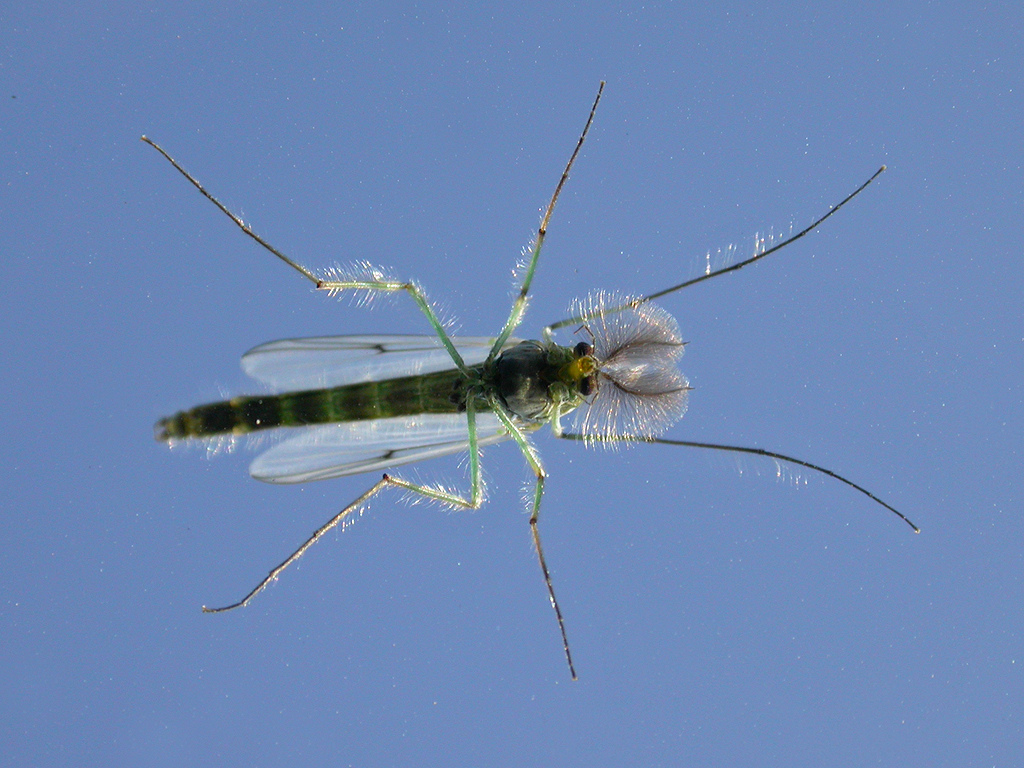
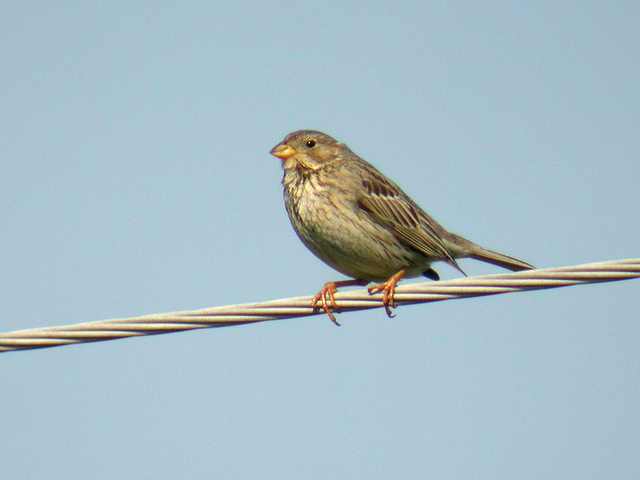
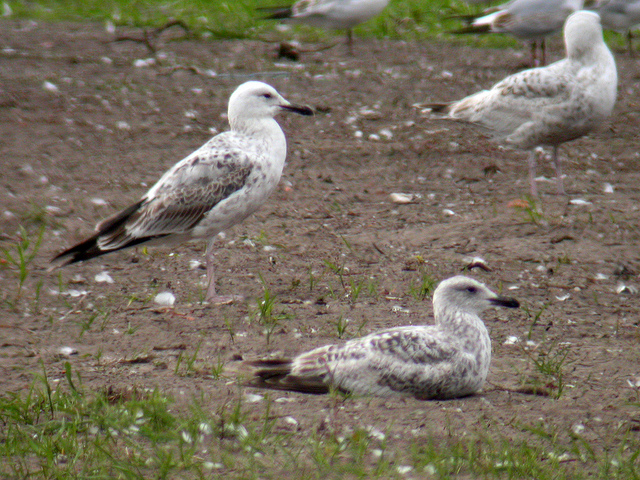
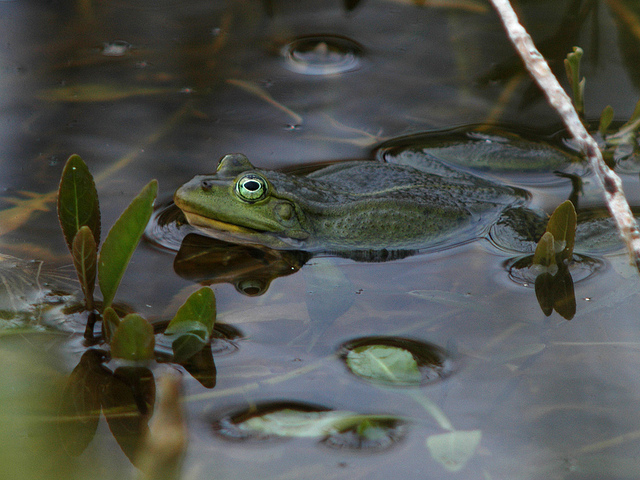
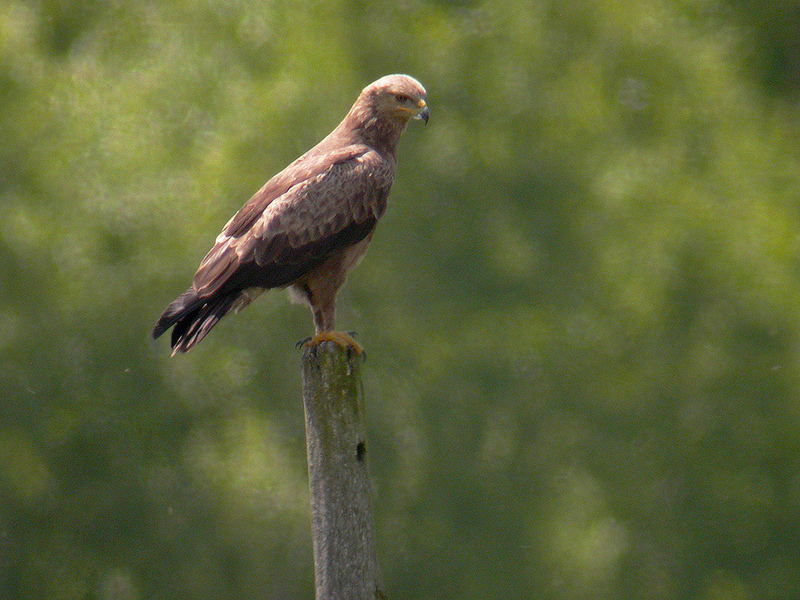
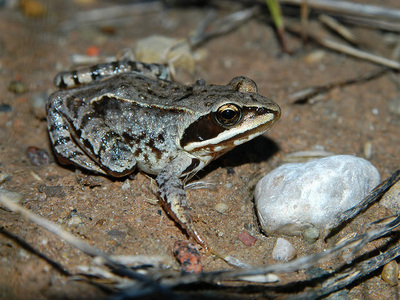
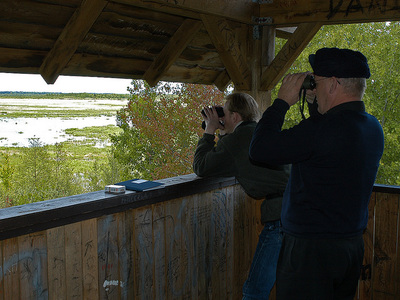
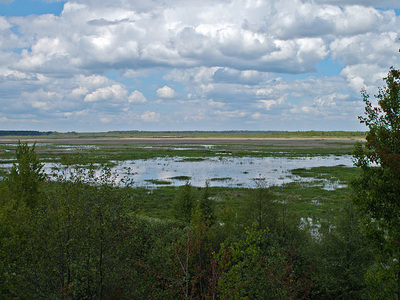









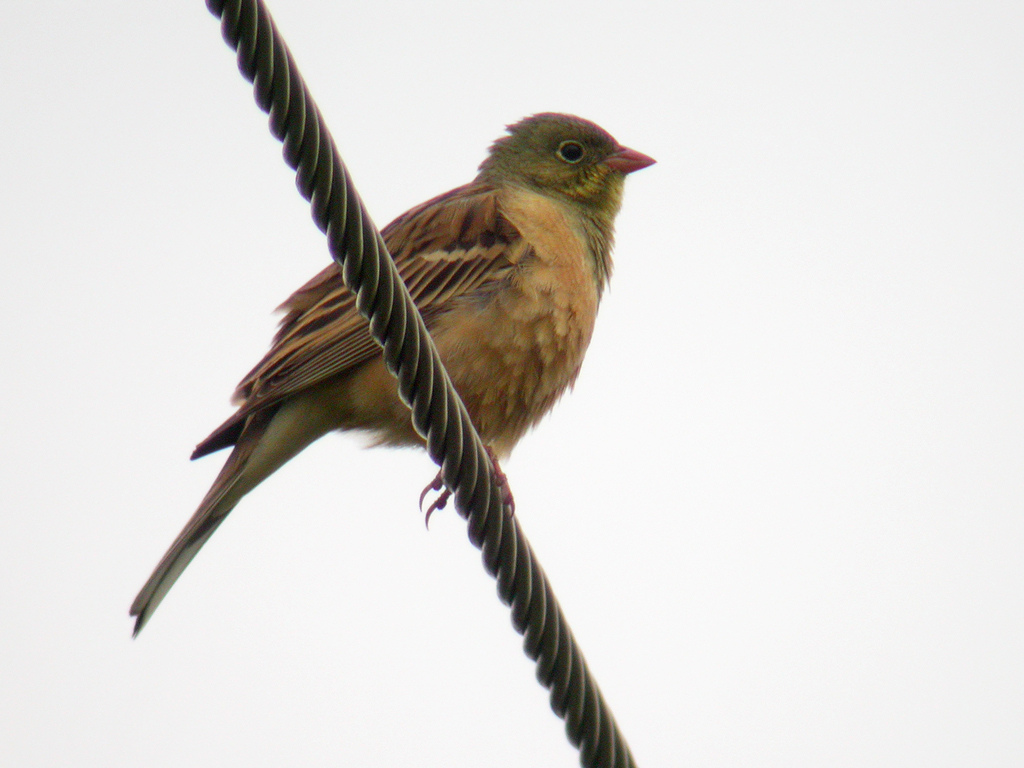
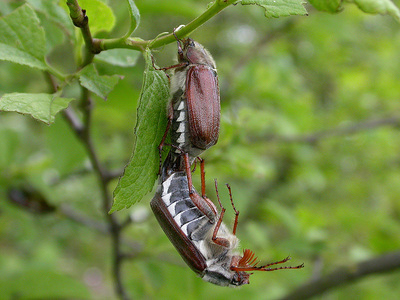
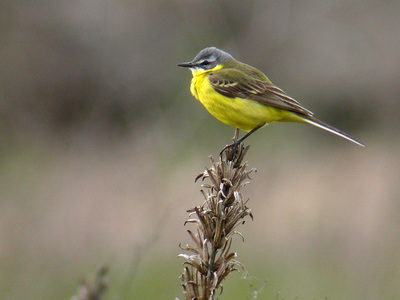
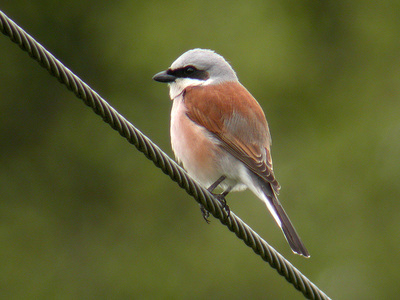
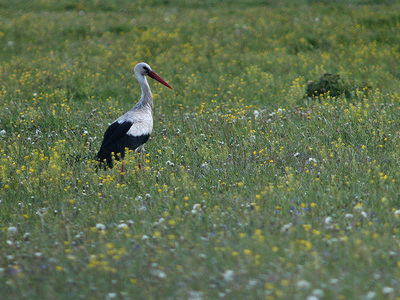
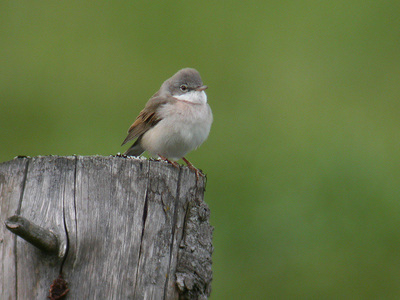
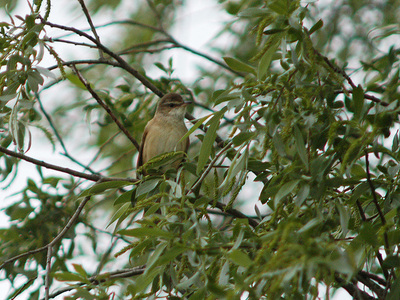
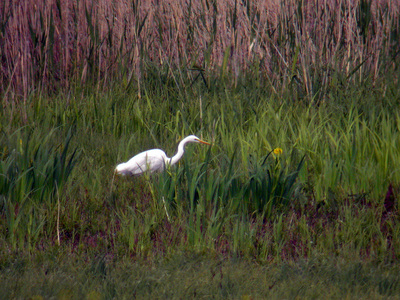
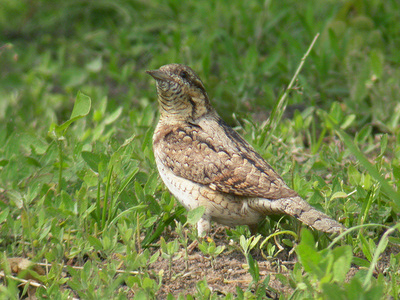
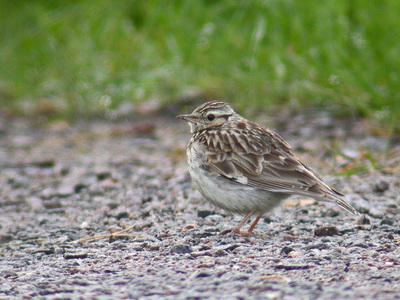
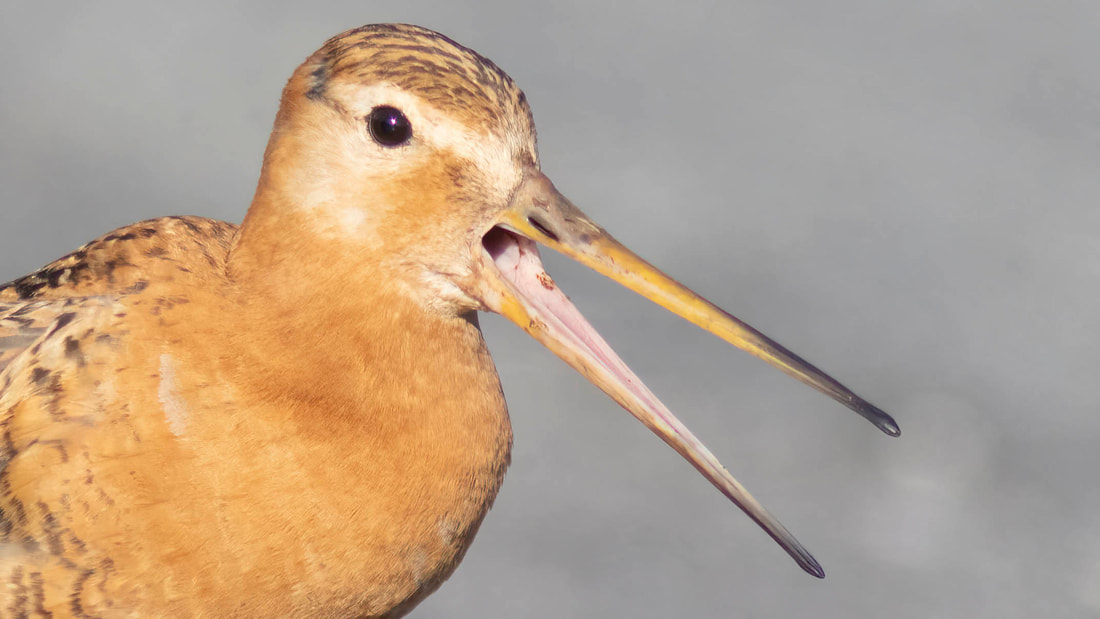
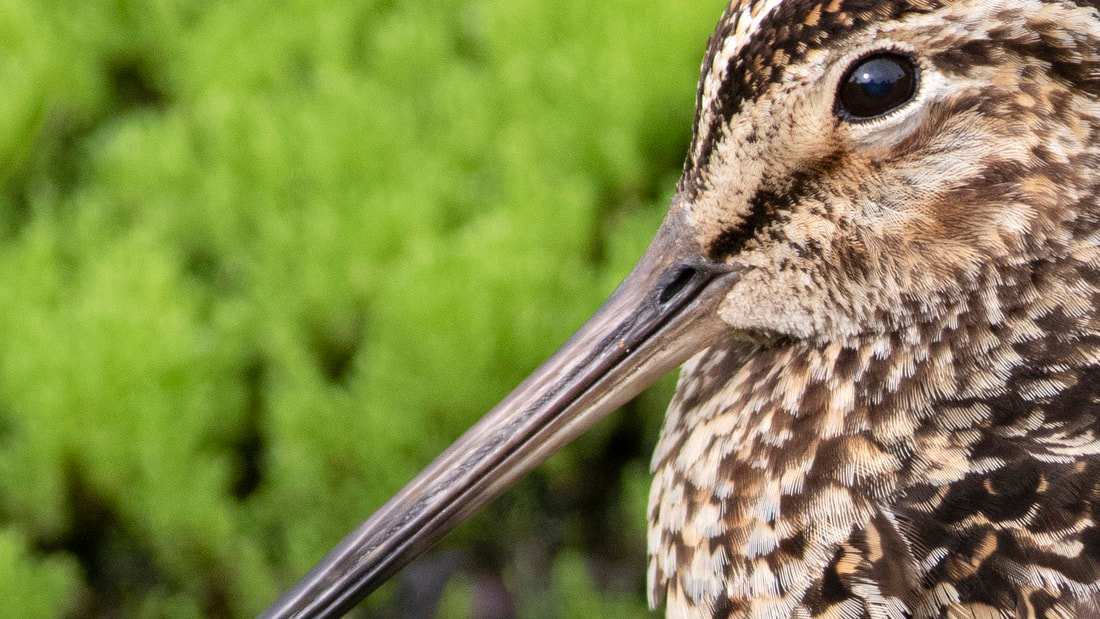
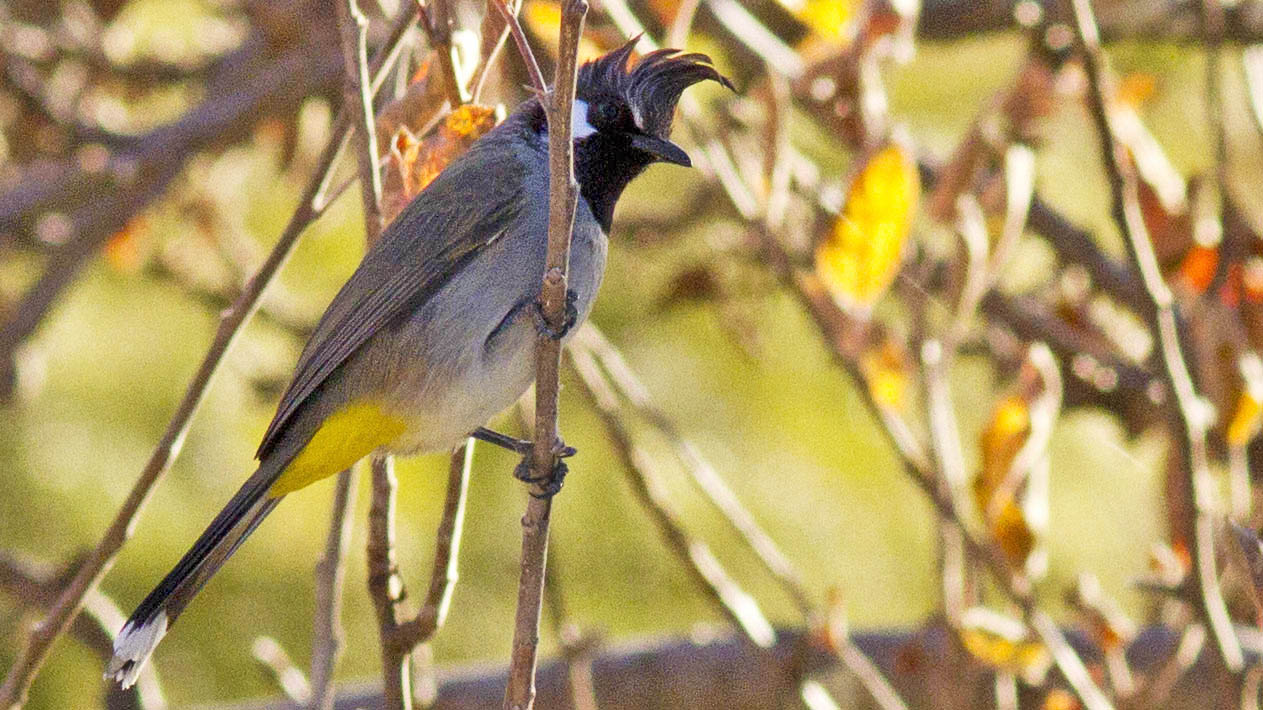
 RSS Feed
RSS Feed
